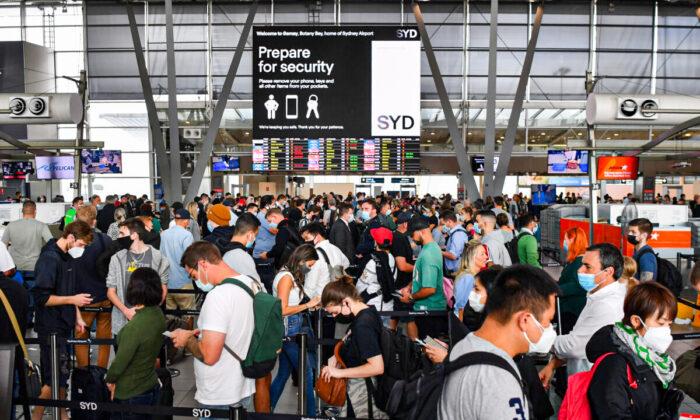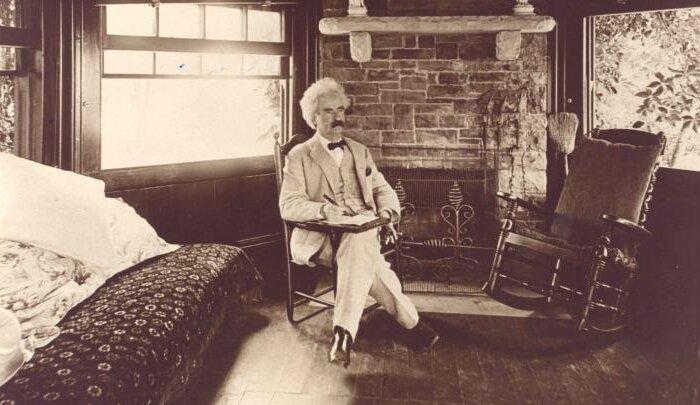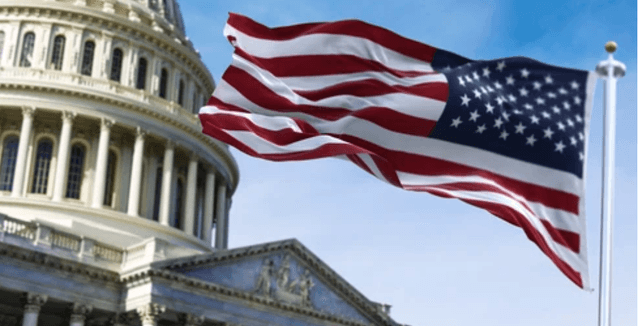●LIVE ARTICLE UPDATES
Live
Trump to Address Congress Amid Trade Tensions
The president’s speech to Congress comes as his administration imposed 25 percent tariffs on Canada, Mexico prompting retaliatory actions from both countries.
Fallout From Zelenskyy Meeting; Europe Faces Defense Crisis | Live With Josh
Plans for a peace deal between Russia and Ukraine are now paused, and Trump said Zelenskyy can come back when he’s ready for peace.
premiere
[PREMIERING 9PM ET] Why Paraguay Can Lead the Way in Latin America: Foreign Minister Rubén Ramírez Lezcano
Paraguay’s Foreign Minister, Rubén Ramírez Lezcano, shares his thoughts about the U.S.–Latin America relationship.

Adam Carolla’s Comedy and Conversations
The popular comedian and podcast pioneer discusses his career origins and the challenge of living in California.

‘Do Not Cry’: A Holocaust Memoir
Renee Salt tells her story of faith and survival during the time she spent in the ghettos and concentration camps of World War II.

Oscar Night’s Most Captivating Dresses
A look at the most glamorous dresses from the 2025 Academy Awards ceremony.
Most Read
Top Stories
Lutnick Says Trump Will Meet Mexico, Canada in the Middle on Tariffs
In addition to Mexico and Canada, Trump increased China tariffs to 20 percent over its role in the fentanyl crisis.
Zelenskyy Says White House Clash ‘Regrettable,’ Ready for Peace Talks
The Ukrainian president delivered his first public remarks since the Trump administration paused military aid on March 3.
Opinion: The Media’s Shen Yun Blind Spot
How critical reports miss the real story—with grave consequences.
6 Charts That Explain DOGE-Related Cuts So Far
The agency has targeted $105 billion in federal spending in six weeks.
China Acknowledges ‘Sporadic’ Human Bird Flu Cases
An expert called it ‘very irresponsible’ that Beijing hasn’t provided details on the severity and location of the cases.
Exclusive
Lawmakers Reintroduce Falun Gong Protection Act to Combat CCP’s Forced Organ Harvesting
‘It’s long past time to dismantle the CCP’s state-sponsored organ harvesting industry,’ Sen. Ted Cruz (R-Texas) told The Epoch Times.
Judge Extends Block on Executive Order That Defunds Gender Change Procedures on Minors
Plaintiffs argue that the Trump administration is exceeding its authority by withholding funds already allocated by Congress.
Pentagon Announces $80 Million in Savings From First DOGE Review
Press secretary Sean Parnell said that DEI and climate change programs are ‘not a core function of our military’ and constitute ‘a distraction.’
Day in Photos: Chaos in the Serbian Parliament, Trump’s Tariffs Take Effect, and Pancake Race in London
A look into the world through the lens of photography.
4 Takeaways From Top Pentagon Nominee’s Confirmation Hearing
Elbridge Colby has called for a shift in U.S. priorities on the world stage, including taking steps to deter communist China.
The Drug Warnings You May Never See—Until It’s Too Late
With more than 400 black box warnings, it’s hard for many physicians to keep track.
▶Shen Yun Mesmerizes Las Vegas Audience: ‘It’s Magic For The Eyes’
Shen Yun Performing Arts graced the stage at the Smith Center for the Performing Arts in Las Vegas, Nevada, on Feb. 27.
Navy Reservist Charged With Bribery to Help Chinese Nationals Obtain Unauthorized Military IDs
Two Chinese nationals allegedly paid $3,500 for two IDs, according to prosecutors.
Tracking Trump’s High Level Appointments, Senate Confirmations
The Senate is undertaking the confirmation process for the president’s new administration.
Air Force Recruitment Soars to 15-Year High, Officials Say
Defense Secretary Pete Hegseth suggested the resurgence of interest in military service is fueled by a renewed emphasis on combat readiness and discipline.
CDC Says It’s on the Ground Responding to Texas Measles Outbreak
Texas officials say 159 cases of the virus have been confirmed as of Tuesday, with one death reported.
Momentum for European Army Grows Amid Concerns Over US Disengagement
European forces have traditionally worked together, but that’s ‘completely different’ from a war fighting army, according to a defense expert.
Judge Reverses Trump’s Firing of Federal Appeals Board Chairwoman
The judge, based in Washington, ruled that the firing was unlawful.
BlackRock to Buy Panama Canal Ports from Hong Kong Firm
The timing aligns with Washington’s growing scrutiny of Chinese-controlled infrastructure along global trade routes.
Terrorism, Nuclear Threats Top US Foreign Policy Concerns: Poll
Poll shows Americans prioritize counterterrorism, nuclear nonproliferation, and energy security, while support for democracy-building abroad remains low.
‘Brothers After War’: Soldiers Adapt to Civilian Life
Alternately harrowing and hopeful, this documentary about brave soldiers and their families is a tough but much necessary watch.

Orlando Magic Receive Difficult News: Jalen Suggs Out for the Season
After successful surgery on his left knee, the Magic guard is ‘expected to make a full recovery,’ the team says.

Orlando Magic Receive Difficult News: Jalen Suggs Out for the Season
After successful surgery on his left knee, the Magic guard is ‘expected to make a full recovery,’ the team says.

Country Star Alan Jackson Prepares to Close Out His Farewell Tour in May
The singer and songwriter, 66, is battling a degenerative nerve disease. ‘It’s getting more and more obvious and I know I’m stumbling around on stage,’ he said.

Country Star Alan Jackson Prepares to Close Out His Farewell Tour in May
The singer and songwriter, 66, is battling a degenerative nerve disease. ‘It’s getting more and more obvious and I know I’m stumbling around on stage,’ he said.

The Magic of Music: Healing, Memory, and Connection
Music has been used for millennia to heal the body, mind, and spirit. Recent research offers insights into its therapeutic potential.

The Magic of Music: Healing, Memory, and Connection
Music has been used for millennia to heal the body, mind, and spirit. Recent research offers insights into its therapeutic potential.

Thomas Hobbes on the Importance of History
Why did the ’most radical political philosophers’ start out as a lover of ancient works?

The Grimm Brothers’ Fairytale, ‘Cat and Mouse in Partnership’
In this fable published by the Grimm Brothers, a mouse learns a difficult lesson after trusting someone it thought was a friend.

‘Celtics City’: The NBA’s Most Successful Franchise
This nine-hour documentary series is exhaustive, thorough, and borders on overkill.

Emma Abbott: The People’s Prima Donna
The opera singer never forgot her humble beginnings and made opera accessible to average Americans.

Thomas Hobbes on the Importance of History
Why did the ’most radical political philosophers’ start out as a lover of ancient works?

The Agony and Ecstasy of Getting Out of Debt
When there is debt, use logic and grit to get through it.
Here’s Why Airline Seat Belts Are Different From Those in Your Car
While there’s an argument to be made that life would be simpler if all seat belts, whether in a car or an airplane, worked the same way, that will never happen.
Discover Elegance, History, Even a Secret or Two in Vibrant Buenos Aires
The dining and cultural experiences of Buenos Aires are both indulgent.
Times Square Is Now a Dining Destination. Here’s Why and Where to Eat
You'll never have trouble finding a great restaurant at Times Square.
Here’s Why Airline Seat Belts Are Different From Those in Your Car
While there’s an argument to be made that life would be simpler if all seat belts, whether in a car or an airplane, worked the same way, that will never happen.

Why I Love America: The Freedoms That Make America Exceptional
Reader Brian Lund reflects on why America’s guaranteed freedoms make her a country worth protecting and loving.

A Life ‘Simply Lived and Lived Simply’: Reader Pays Tribute to Immigrant Grandfather’s Legacy
James Park learns valuable lessons from the humble life his grandfather led.

Kenny Chesney and ‘The Joy Of Being Unabashedly Alive’
Revealing entertaining stories that shaped his career, the country musician’s memoir may be a new fan favorite.
Special Coverage
Special Coverage













































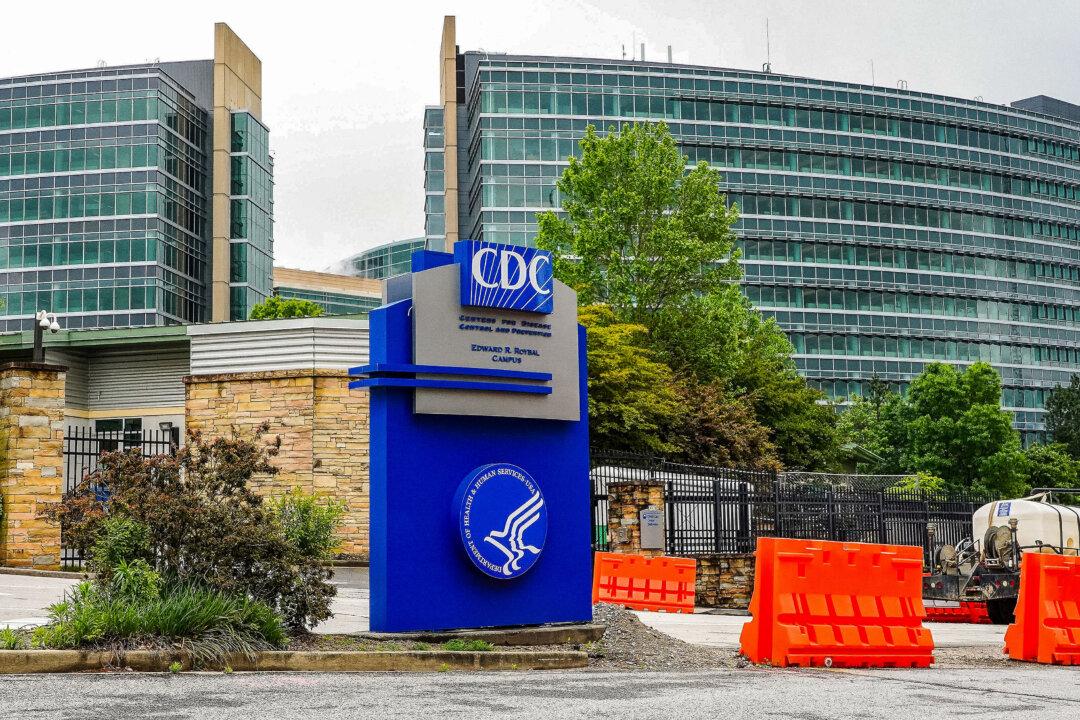








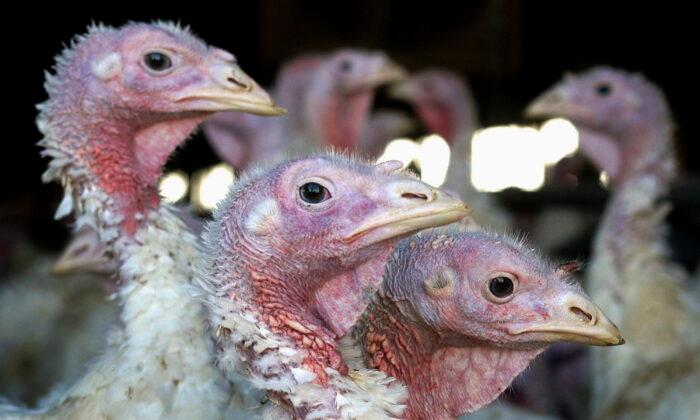
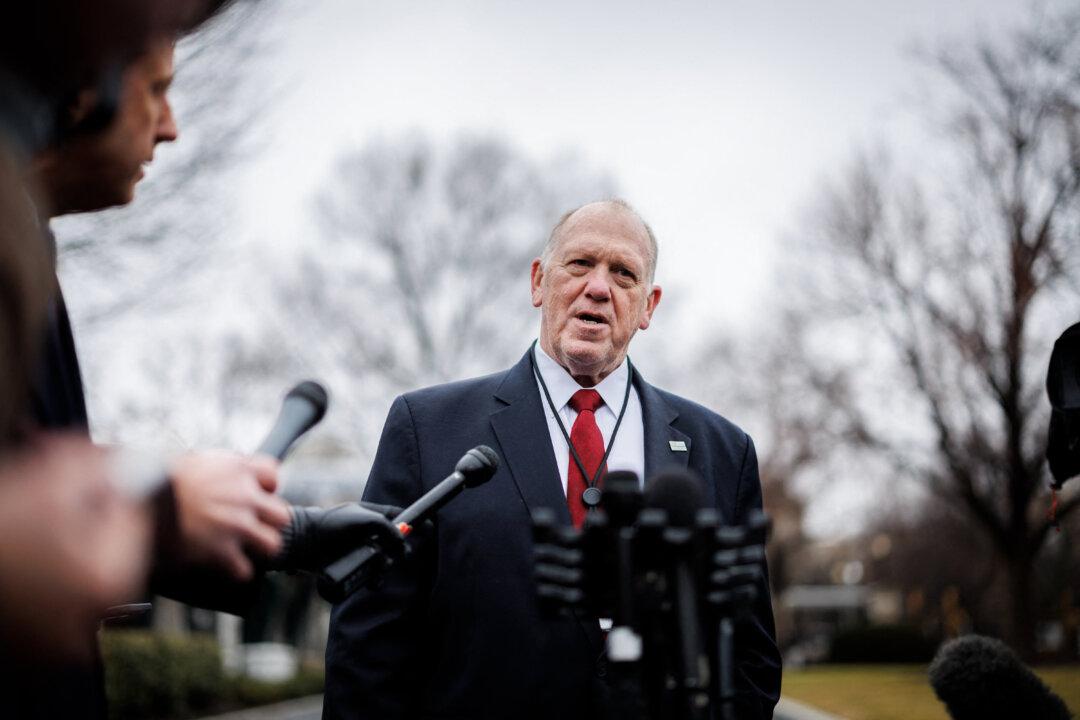








![[LIVE Q&A 03/05 at 10:30AM ET] DOJ Recovers Epstein Files; Ukraine Ready for Peace | Live With Josh](https://www.theepochtimes.com/_next/image?url=https%3A%2F%2Fimg.theepochtimes.com%2Fassets%2Fuploads%2F2025%2F03%2F04%2Fid5820071-030525_REC-600x338.jpg&w=1200&q=75)












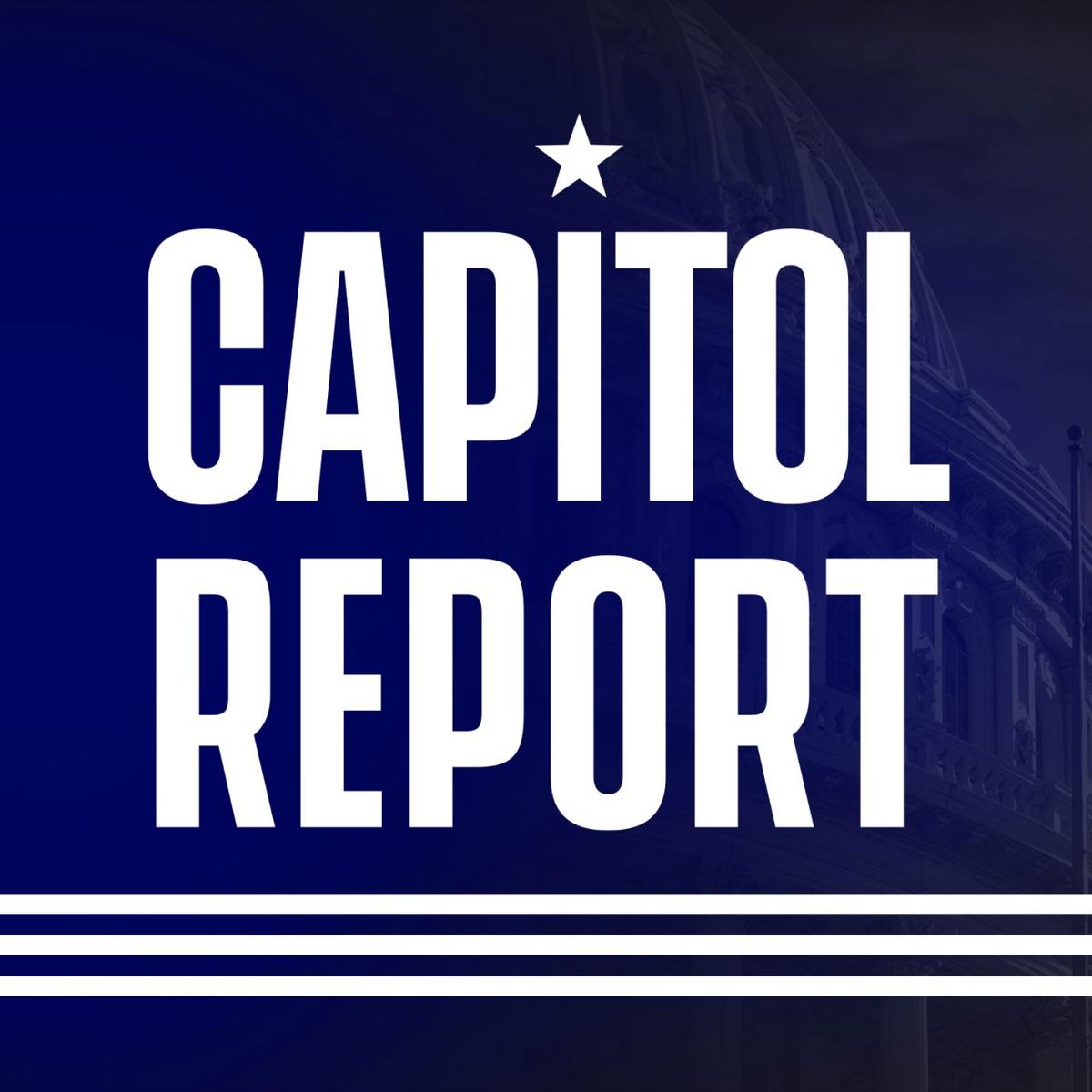
![[PREMIERING 9PM ET] Why Paraguay Can Lead the Way in Latin America: Foreign Minister Rubén Ramírez Lezcano](https://www.theepochtimes.com/_next/image?url=https%3A%2F%2Fimg.theepochtimes.com%2Fassets%2Fuploads%2F2025%2F03%2F04%2Fid5819743-ruben-600x338.jpg&w=1200&q=75)




